Celebrate St. Patrick’s Day in NYC 2025
Discover 10 ways to celebrate St. Patrick's Day in NYC this year, from eye-opening tours to Irish treats!


For twenty years, Mitch Broder wrote about New York for the nation’s largest newspaper chain. On Mitch Broder’s Vintage New York, he covers the best places that take you back in time, whether you are revisiting a time or just now discovering it.
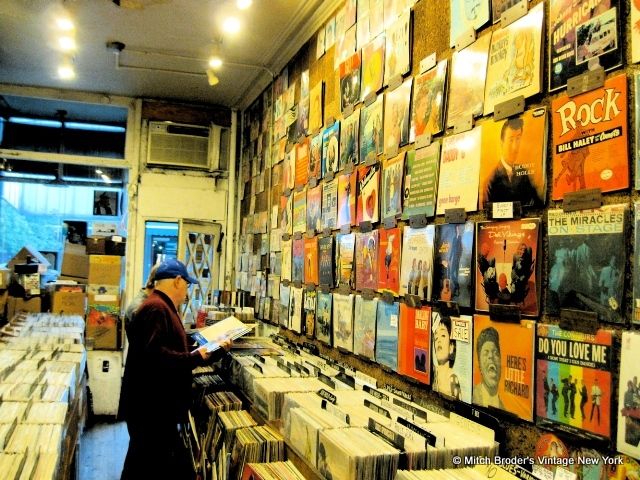
The House of Oldies stocks around 700,000 records, yet the only thing that’s likely to do any skipping is the store. It has skipped cassettes. It has skipped CDs. It has skipped downloads. It has skipped catalogs. It has skipped – musically speaking – the past couple of decades. Nevertheless, in at least one way it’s more relevant than almost all the record stores that have come along in the fifty years since it opened:
It’s still in business.
It has outlived Tower and Virgin and HMV and Sam Goody, and (in Manhattan) FYE, the chain that ate chains like Sam Goody. It has outlived mostly forgotten names like Record Hunter and King Karol, and scores of other record shops, record chains, and record departments. It has just outlived Strider Records, the store that most resembled it, probably because it was run by a man who once worked at the House of Oldies. Still wedged into the 700,000 records was Bob Abramson, who has owned the store since 1968. He still runs it alone. He still sells only records. He still sells the records he sold in 1968. And he still plans to keep selling them. “I love being here,” he said. “It’s either a sickness or a passion. I think it’s a passion.”
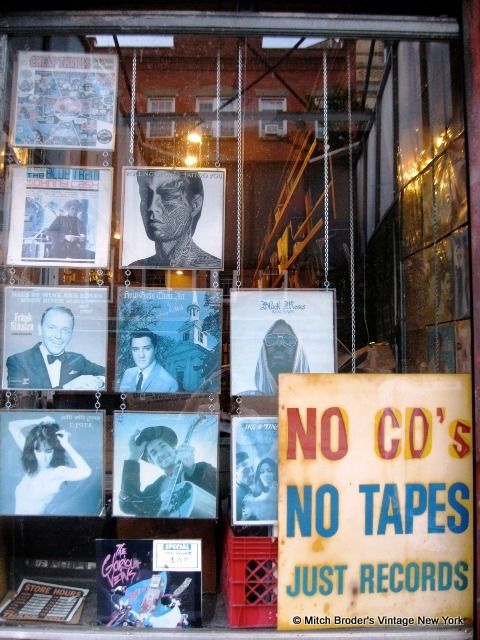
He likes customers with a passion – meaning customers who know what they want. His is not a store for hours of browsing, since its one aisle gets blocked by one browser. This is paradoxical, since the store has dozens of tempting bins and a wall of tempting album covers and 45-rpm picture sleeves. But you can spend a little time admiring wall occupants like the Everly Brothers, Bobby Darin, Little Richard, Dion, Ruth Brown, and the Eldorados. And that may help you to know what you want – which may lead you to sticker shock. But Bob says that his prices shock only the people who don’t understand what he sells.
He pulls out a copy of the Beatles’ “Let It Be.” It’s marked $90. He slips the disk from its sleeve. It’s shiny and flawless. “Show me where you’re gonna find a first pressing of ‘Let It Be’ that looks like that, from 35 years ago. It’s a first edition. You’re gonna pay for it.” (And actually, it was 41 years ago.) Nevertheless, he has bargain bins, with LPs for $10. These are generally albums that are in more abundance or less demand. But like the ninety-dollar “Let It Be,” they are guaranteed not to skip. If you prefer the Motels to the Beatles, you go home an all-around winner. The Motels notwithstanding, prime time here is the fifties and sixties, and most albums cost between $25 and $40. Those prices, too, can elicit comments like “Forty bucks for this? Are you serious?” Bob’s stock reply: “Let me bring that to the attention of my buyer. It probably is too high.”
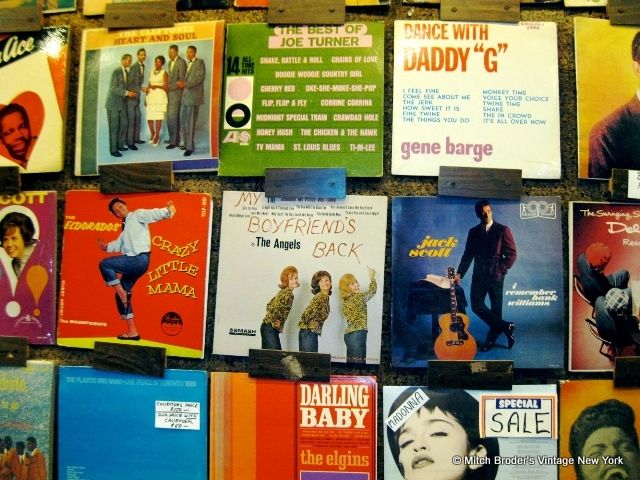
The House of Oldies’ record run started in 1962, when Richard Clothier opened it around the corner, on Bleecker Street. Bob became a customer. Then he became an employee. And at 24, he became the owner. Richard didn’t have the passion. Bob moved the store in 1980, when his landlord said that the fish store next door was taking over the space, which in fact it never did. If not for that, he probably would never have moved, just as he hasn’t moved since. “I don’t need to be the richest guy in the cemetery,” he says.
As cassettes and CDs eclipsed vinyl, Bob put his famous sign in the window: “NO CD’s/ NO TAPES/ JUST RECORDS.” Back then, I saw it as defiance. Decades later, I’ve been corrected. “It was not to be elite,” Bob said, “not to say ‘F-U with your CDs and tapes.’ I did it ’cause the store was small, and I didn’t want 9,000 people coming in here for CDs and tapes.” The fidelity to high fidelity cost some fidelity in the nineties. The masses abandoned records for the alleged miracle discs. People commonly bought CDs of records they already had. Bob waited for them to come back and buy records of CDs they already had.
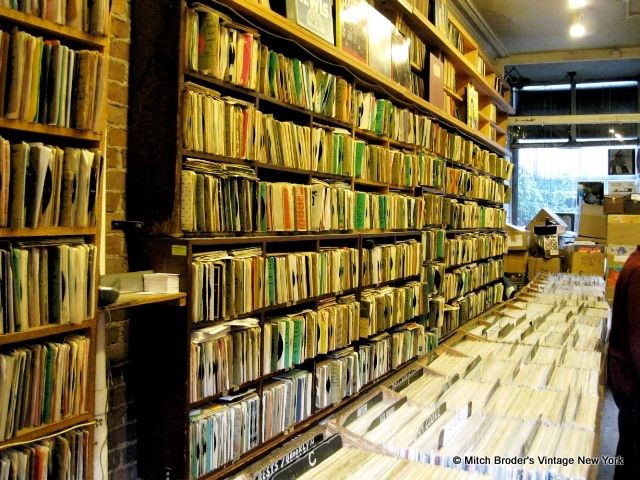
Now, with CDs dead and tapes deader, business is good. The customers span generations; Bob calls his teen clientele “huge.” “They’ll come in and say, ‘Got any Zeppelin on wax?’ They love the sound of vinyl on a decent system. It doesn’t have to be a $10,000 system. It can be a $500 system.” As for his own system, Bob plays the classics – Dylan, Baez, Presley, the Stones. “The greats are the greats because they’re great,” he says. “Everybody thinks I have, like, secret albums that no one ever heard of. I don’t. I don’t have one album that you never heard of.”
But he sells just about every album you ever heard of, especially if it’s midcentury rock ’n’ roll, doo-wop, rhythm & blues, blues, soul, or pop.
And if he keeps on outliving record stores, that copy of “Let It Be” for $90 may just end up being the biggest bargain in New York.
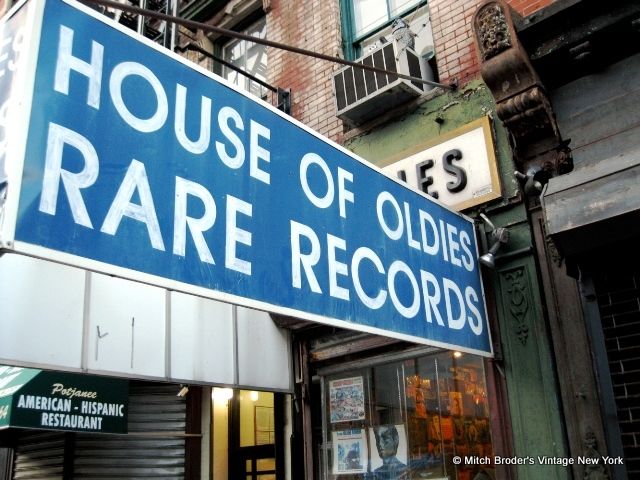
Take a spin at House of Oldies, 35 Carmine Street, New York City.
Check out Mitch Broder’s Vintage New York for more city gems. Follow UntappedCities on Twitter and Facebook. Get in touch with the author at @MBVINTAGENY
Subscribe to our newsletter